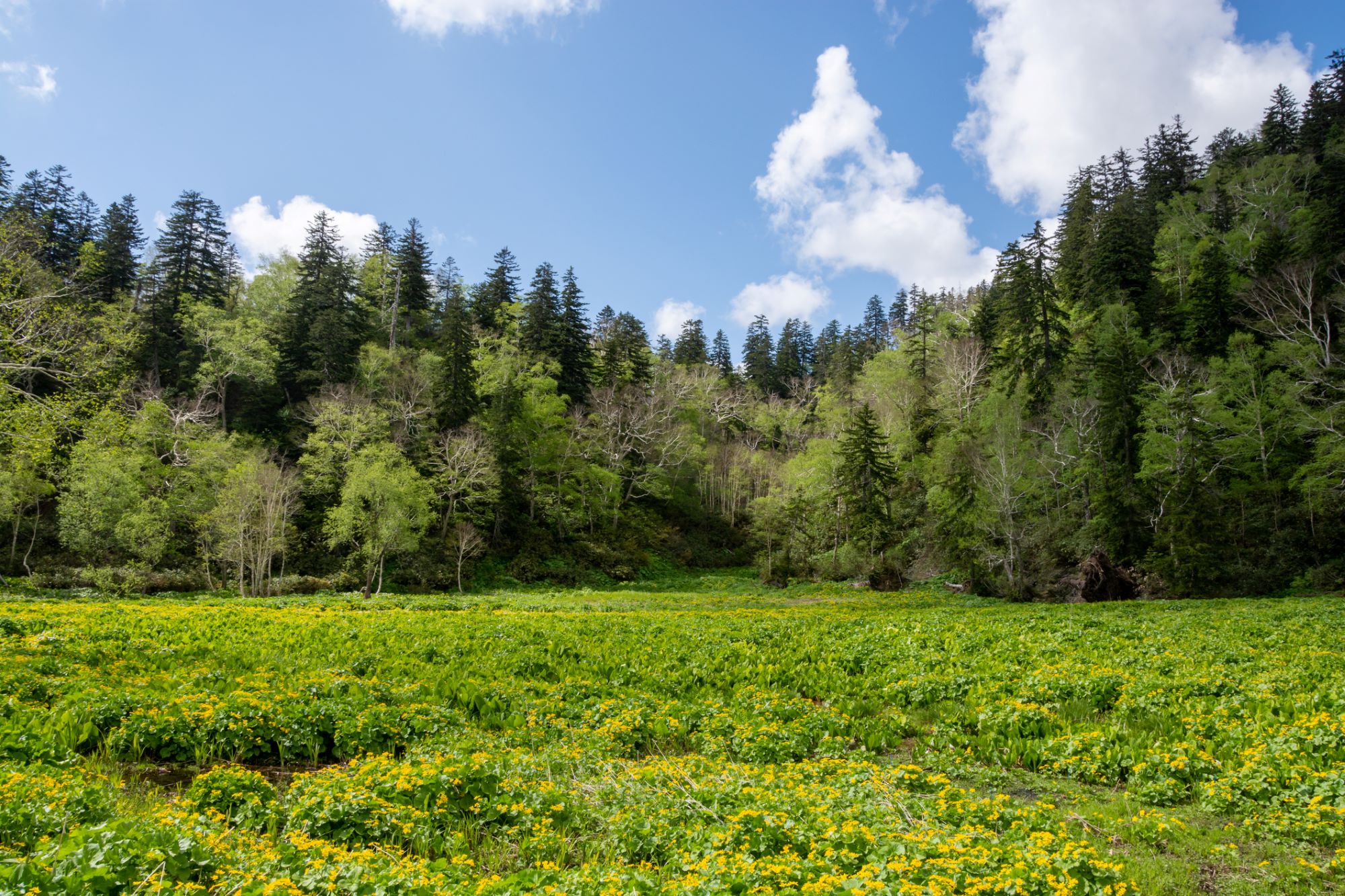
Slowing Water Flows to Build a More Nature-Positive Future
October 18, 2023
R-2023-037E
The reclamation of wetlands with the urbanization of Japan’s landscape has increased the risk of downstream flooding and caused the loss of biodiversity. Restoring such ecosystems can contribute to decarbonization and a sound water cycle, leading to a more sustainable, nature positive future.
Preserving Existing Yatsu

First order rivers are headwaters of rivers. In northern Chiba Prefecture, such first order rivers are often called yatsu. I lead a civic initiative aimed at utilizing of the natural landscape for disaster reduction, water quality improvement, and biodiversity conservation, and yatsu are the main targets of our activities. These headwaters have several ecosystem functions, as outlined below.
Flood Control
Yatsu in the natural environment have flood-control functions. In urban areas, with their paved streets and concrete drainage channels, stormwater runs off immediately following rainfall, and the flow comes to a stop as soon as the rain ends. The natural yatsu in woodlands and wetlands, by contrast, release water very slowly, and the runoff continues for a while even after the skies clear. The flow of water from the natural yatsu is about 10 times slower than the urban type.
Another difference is that while almost all urban stormwater winds up draining into rivers, there is about 70% less runoff from natural yatsu; in other words, they function as natural, small dams. According to one tentative estimate, if all of the approximately 500 yatsu draining into the Lake Inba basin in norther Chiba were to be urbanized, the total water flow into the lake would increase by 8% to 20%, with peak levels rising by 3% to 12%.
Figure 1. Time Lag between Peak Rainfall and Peak Runoff in Urban and Natural Yatsu
(minutes)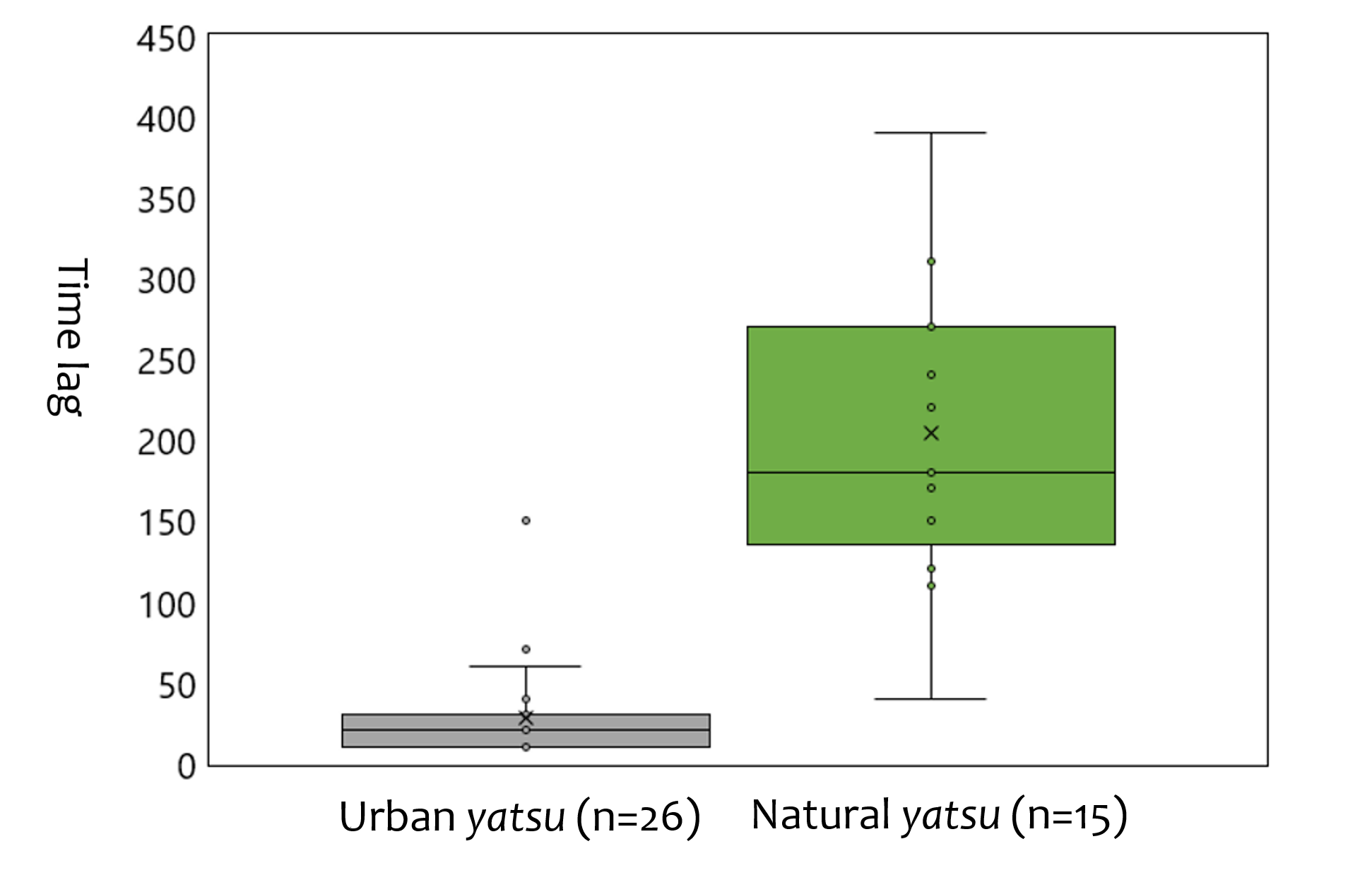
Figure 2. Relationship between Total Runoff and Total Rainfall
(millimeters)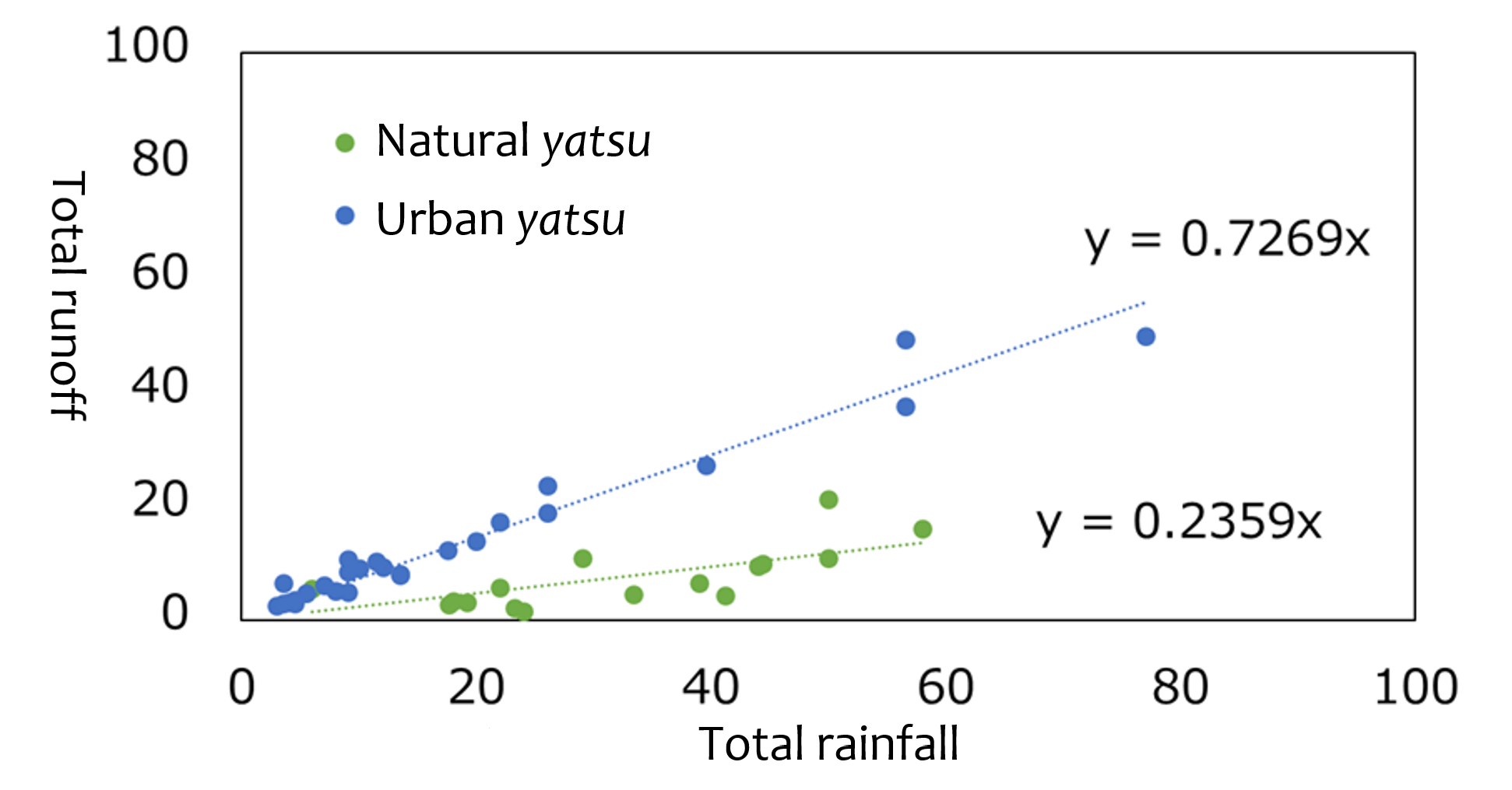
Source (for Figures 1 and 2): Report of a research project funded by the Environmental Research and Technology Development Fund (4-1705).
Water Purification
The Lake Inba watershed tends to have high nitrogen content due to agricultural runoff, but yatsu could potentially function as a natural water purification system. To test this hypothesis, we converted an abandoned rice field into a wetland and monitored the water draining from the area. We found that concentrations of nitrogen dropped to less than half after passing through the tract. Wetlands promote denitrification, with nitrogen being returned to the atmosphere as a gas, thereby reducing the downstream load.
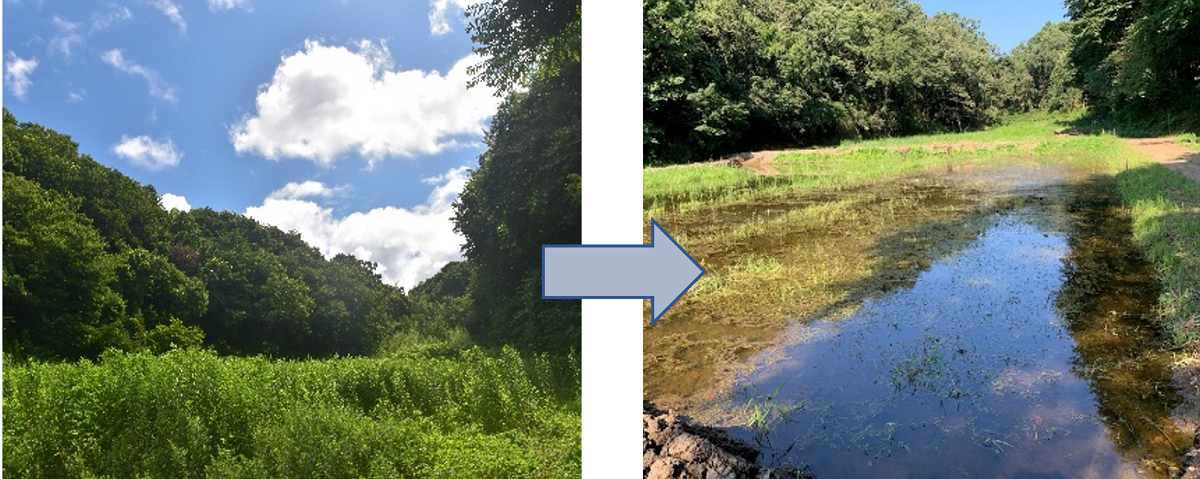
A natural water purification system could result from converting abandoned rice fields back into wetlands. (Photos courtesy of the author)
Biodiversity
In the experiment above, we identified 24 plant species growing in the abandoned rice field. After spring water was fed into the tract, this number jumped to 60, including many endangered water plants. Such plants were no doubt common when the field was flooded, and their seeds and spores are thought to have survived the dry period and sprung back to life when the field was once again filled with water.
Culture
Yatsu have traditionally been regarded as sacred ground. An ancient chronicle describing the culture and geographical features of the province of Hitachi (now Ibaraki Prefecture) contains a legend about a spirit named Yatsu that had obstructed efforts to clear a field for rice farming. A local hero appeased its wrath, promising to worship it as a deity if it remained in the mountains and allowed people to grow rice. Since then, flooding in mountainous yatsu regions has rarely occurred, and springs have never dried up, even during years of drought. Seed rice was grown in the yatsu areas, and shrines were built there to honor the deity. One lesson this legend offers is that mountain springs and surrounding forests must not be desecrated if one hopes for fruitful harvests. Such deference to the sanctity of the yatsu was observed until quite recently in the Lake Inba basin, where the hotoke-dojo (Lefua echigonia), a species whose habitat is limited to spring water streams, was presented as offerings during local festivals.
The value of these wetlands is no longer universally recognized, however. Many yatsu have been filled to create space for private residences and waste disposal sites. There were approximately 1,000 yatsu in the Lake Inba basin just after World War II, most of them rice paddies, but that number has fallen to around 570—nearly four-fifth of which are abandoned rice fields.
Figure 3. Land Use Changes in the Lake Inba Basin

Source: Data compiled by Hiroki Kato for Jun Nishihiro.
Because these lands are privately owned, they can be costly to maintain for owners who must pay property taxes and agricultural water usage charges. If the fields are no longer being used to grow rice, their owners cannot be blamed for seeking to convert them for other uses. But with slight human intervention, they can provide many benefits as ecosystem infrastructure, as described above, so thought should be given to supporting efforts to preserve them as wetlands.
Slower Water Flows as a Key Feature of Nature Positive Initiatives
The modernization and urbanization of Japan’s landscape have been accompanied by the development of agricultural drainage systems and improvements in river channels, resulting in faster water flows. Rainwater that once seeped into the ground now flows quickly downstream through drainage pipes, and the shallow, earthen ditches that used to carry agricultural runoff have been replaced with concrete drainage channels placed deep underground.
My colleagues and I at the National Institute for Environmental Studies have begun making estimates of how long ago the water that now springs up along the Lake Inba watershed fell as rain. Tentative results show that it takes an average of 11 years for rain to resurface as spring water. Current drainage methods mean, though, that both extruded groundwater and valley surface water run off much faster—in a matter of hours or days—following precipitation.
Associate Professor Kazuaki Otsuki of the University of Yamanashi, meanwhile, has been analyzing how changes in waterways from the immediate postwar period to the present have affected flood risk in the Takasaki River, a tributary of Lake Inba. He has found that urbanized, downstream areas now face higher risks of flooding due to land use changes that have shortened the time water remains upstream. A particularly big factor has been the construction of straight drainage channels that enable water to flow much faster.
There are efforts both in Japan and abroad, though, to try to restore nature’s functions and achieve nature positivity. Many such initiatives are being taking in the corporate sector. Civil engineering giant Shimizu Corporation, for example, spent a year manually restoring an abandoned, upstream rice field into a wetland under its Green Infrastructure + (Plus) concept. This is an undertaking that has the potential to reduce flooding and other risks further downstream. Other companies are cooperating with nature positive declarations issued by local governments. Mitsubishi Estate, for one, has donated ¥600 million in “hometown taxes”[1] to the town of Minakami in Gunma Prefecture and is working with the Nature Conservation Society of Japan to implement a biodiversity conservation project there. Slowing down the flow of water should surely become a standard feature of initiatives to achieve nature positive outcomes.
Indicator Organisms in the Water Cycle
Yatsu are habitats for a variety of organisms, but a closer look reveals that features of the catchment area have a great influence on their distribution. For example, the sawagani (Geothelphusa dehaani) freshwater crab prefers sandy substrates and inhabits streams with fast currents. The larvae of oniyanma (Anotogaster sieboldii) needs low water temperatures and is often found in areas with abundant spring water. The distribution of organisms is closely related to permeable surfaces in the catchment and is clearly linked to land use patterns.
Information about organisms living upstream has recently become obtainable by analyzing a river’s environmental DNA. We now know that permeable surfaces and cool temperatures are vital factors in preserving biodiversity, enabling us to identify areas in the Lake Inba basin that are conducive to wildlife. Work is also underway on creating maps of major springs along the basin.
Water level is another key determinant of habitability for living organisms, particularly frogs. Japanese brown frogs (Rana japonica) lay eggs in pools of water earlier than other species—between January and March. This is before rice paddies are flooded, so the frogs make use of water in abandoned fields and areas with poor drainage. The tadpole periods of the Tokyo daruma-gaeru (Pelophylax porosus) or tonosama-gaeru (P. nigromaculatus) are quite long, moreover, so they may not survive the midsummer draining of rice paddies. Urbanization has resulted in a drier environment with fewer pools of water, depriving frogs of suitable spawning grounds. Efforts are being made to map the distribution of frogs before their population dwindles; their numbers, in a sense, may be seen as a barometer of a community’s exposure to water risks.
Links to Decarbonization Initiatives
The water cycle may be impacted negatively by decarbonization measures. Filling yatsu to make room for mega solar plants, for example, would mean a decline in stormwater infiltration and could lead to groundwater depletion.
Not enough consideration is being given, moreover, to the role that can be played in the carbon cycle by wetlands, which can store more carbon than plants. Attention is currently focused on the carbon sequestration capacity of above-ground plants, with economic incentives being offered for tree-planting initiatives. But this overlooks the carbon storage functions filled by the soil and the ecosystem. Carbon is released when wetlands dry out, and carbon accumulation decreases when soil ecosystems are destroyed. There is also a close relationship between plants and soil microorganisms.
Figure 4. Carbon Storage in Earth’s Ecosystems
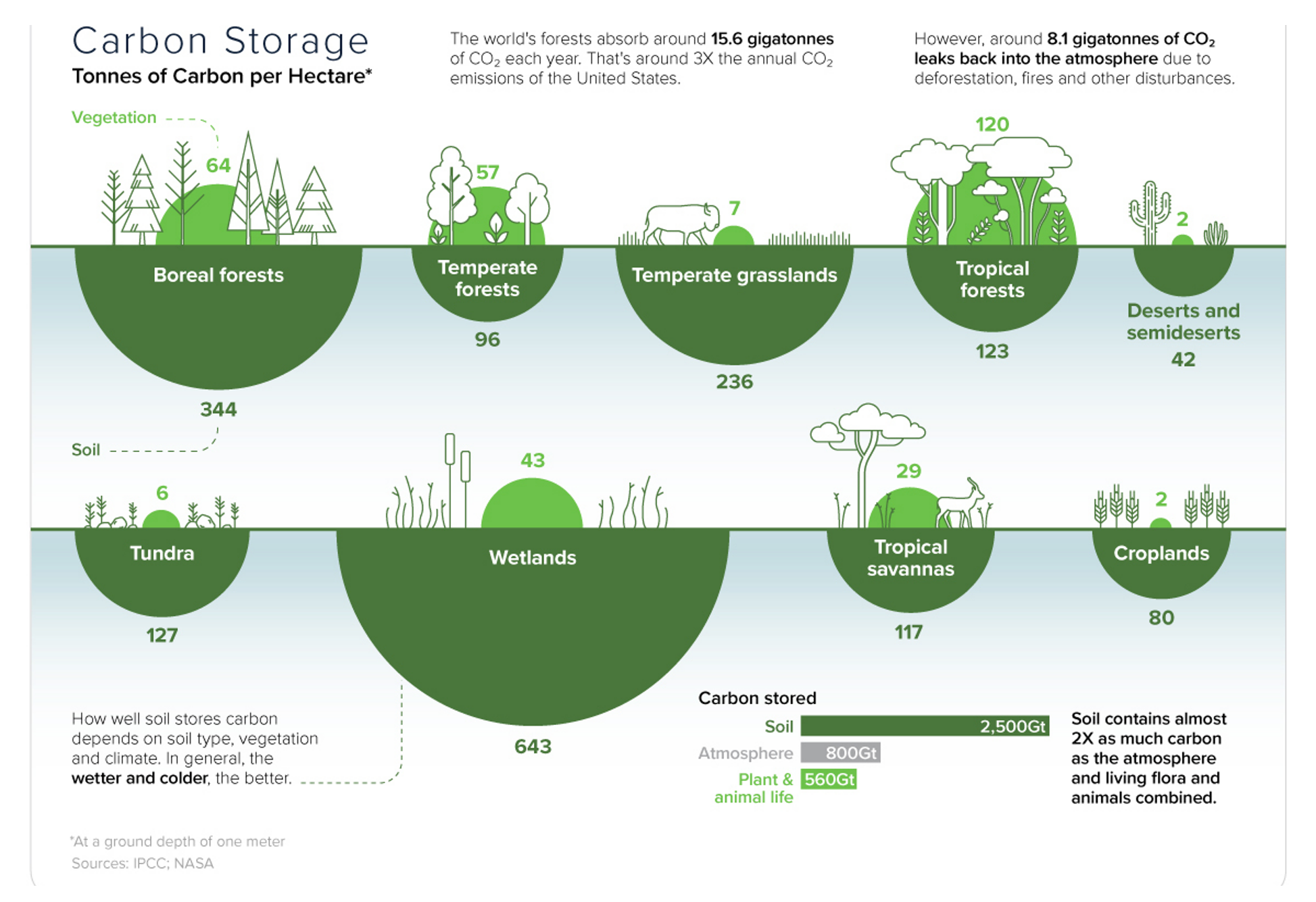
Source: Visual Capitalist website based on data from the Intergovernmental Panel on Climate Change and the National Aeronautics and Space Administration.
I am currently engaged in a new project that analyzes carbon dynamics with an emphasis on the role played by the ecosystem and the soil, examining how decarbonization can be advanced through ecosystem management. The Lake Inba watershed has many abandoned bamboo forests, which, in the past, played a useful role. People planted moso bamboo (Phyllostachys edulis) trees around their homes to meet daily needs. But such trees are no longer used, and having been left to grow unchecked, they now cover entire hills. This has prevented the growth of underbrush, increased soil runoff, negatively affected biodiversity, and could reduce rainwater infiltration. Altering the forest physiognomy through appropriate thinning, therefore, would improve biodiversity, prevent soil runoff, and enhance rainwater infiltration. And while bamboo absorbs CO2 as it grows, it will decompose if left unattended and release carbon back into the atmosphere. One solution would be to convert the bamboo into biochar, which resists decomposition and can sequester carbon almost permanently.
Biochar is used in a new farming method where it is mixed into the soil with organic fertilizer. A civic group that has voluntarily been undertaking forest management is now using this method to grow and market vegetables and to earn carbon credits at the same time.
Although wetlands store carbon, they can become sources of methane. Methane levels can be mitigated, however, through proper management of water residence time, water depth, and vegetation. The key challenge will be to balance such mitigation measures with those to reduce flood risk, control eutrophication, conserve biodiversity, and promote decarbonization.
These efforts will lead to the preservation of wetlands, enhancement of a healthy water cycle, and the building of a more sustainable society. They can also beget a vision for a more desirable, nature positive future marked by nature-based solutions.
[1] A donation scheme launched in 2008 to bolster the economies of Japan’s outlying regions by enabling taxpayers to make donations to their hometowns or other locales in return for tax exemptions in the municipalities where they reside.—Ed.
